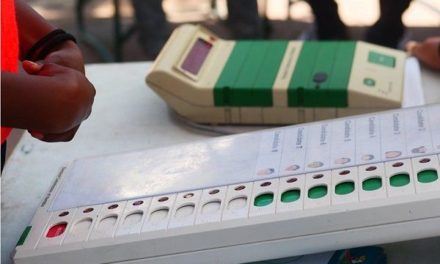
Lower repo rate supported by inflation curve but not by yield curve

The Monetary Policy Committee is finding itself in a bind with future repo rate adjustments.
While both businesses and consumers find a welcome respite in the slightly lower interest rates, the spread between repo and the yield curve has widened by the latest downward adjustment, opening the door for what bankers call arbitrage and investment managers, the carry trade.
This is not a very complex mechanism, in fact it is so simple that many non-professional investors used it in the late nineties and early 2000s when bond returns were still healthy, i.e. around 5% to 6%, and borrowed money was cheap thanks to Mr Alan Greenspan’s prolonged easy-money policy.
At that time, investment managers used to refer to a phantom investor by the name of Mrs Takanawa. She was a Japanese housewife who figured out that if you borrowed retail money on the cheap and use it to buy wholesale investments with good fixed returns, you generated an income from the spread, that is the difference between the rate at which you borrow and the yield of the instrument in which you invest. This was known as the Carry Trade and it was big business for about a decade.
The fallacy of this type of investing is that naive investor believed rates will remain constant for ever, or at least for as long as he or she (the investor) lives. The outcome, however, was somewhat different and many people, and institutions, lost substantial amounts of money when the carry trade started unwinding.
It is not difficult to understand that any form of a carry trade depends on a spread. But by implication, it also means that if monetary authorities adjust short-term rates, or in Mrs Takanawa’s case, if the market adjusts long-term yields, then the spread widens or shrinks and this has implications for the return on investment.
In all the cases I have studied, spreads shrunk, either as a result of policy or investors chasing so-called safe haven investments, i.e. long-term (10 years or more) government bonds. In their never-ending Search-for-Yield, more or less since 2001 after the dotcom crisis, long-term yields have been driven down by scary investors, in the process wiping the spread Mrs Takanawa depended on for her cozy, guaranteed fixed income.
In Namibia, however, conditions right now are exactly the opposite, in my mind comparable to international conditions around the end of the millennium.
Bond yields are healthy, perhaps too healthy while the cost of money goes down with every downward adjustment to the repo rate. What I suspect we will start seeing is that commercial banks will borrow from the Bank of Namibia through the Repo window at 6.25% and use this money to invest in Namibian government bond at anything between 8.5% and 12% depending on maturity.
So, just as tax concessions can create conditions for arbitrage upon which smuggling depends, so monetary policy, when it is out of sync with the capital market, creates similar opportunities. Where in the world will you find an investment with a guaranteed 2% to 5% return with zero risk?
I further believe that if the central bank does not find ways to flatten the longer end of the yield curve, government bonds will become such attractive assets, that they have the potential to drain local liquidity. Why would a bank run the risk of lending out money at a 3.75% return with all the risks of retail banking, when they can simply generate the same returns by borrowing from the government to buy the government’s own bonds, with zero risk.
Of course, the Bank of Namibia has not been caught entirely unawares, realising that if they do not manage to shrink the spread, arbitrage will just grow and grow. The first step in this direction I noticed with last week’s 26 February switch auction where the announced rate was 7.2%. This was not taken keenly by local investors as reflected by the auction results. The Bank of Namibia only managed to switch N$490 million of a targeted N$1 billion. It is also noticeable that there was sufficient appetite for the GC23 up to the GC35, but after that almost nothing.
Investors realise that over a 15-year period a lot can happen and that today’s spreads will probably not be the same in 5, 10 or 15 years. But since Namibia had to pay a premium for its debt for so long, I can tell you now that it will prove extremely difficult to flatten the long end of the yield curve. It is perhaps the biggest challenge the Bank of Namibia will face over the next 10 years.
If they don’t solve this one, lower interest rates will not improve liquidity, in fact it will have the opposite effect, unless financial institutions are capped in terms of how much bonds they can buy, but then again, another unintended consequence will be that the Ministry of Finance may not find buyers for its debt. Either way, we are at a tipping point in terms of interest rates, bond yields, and local liquidity.












































